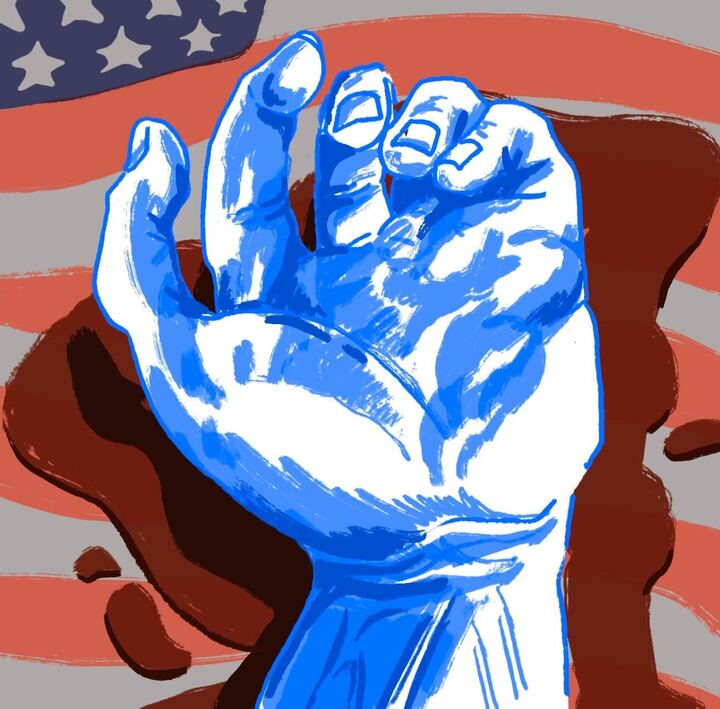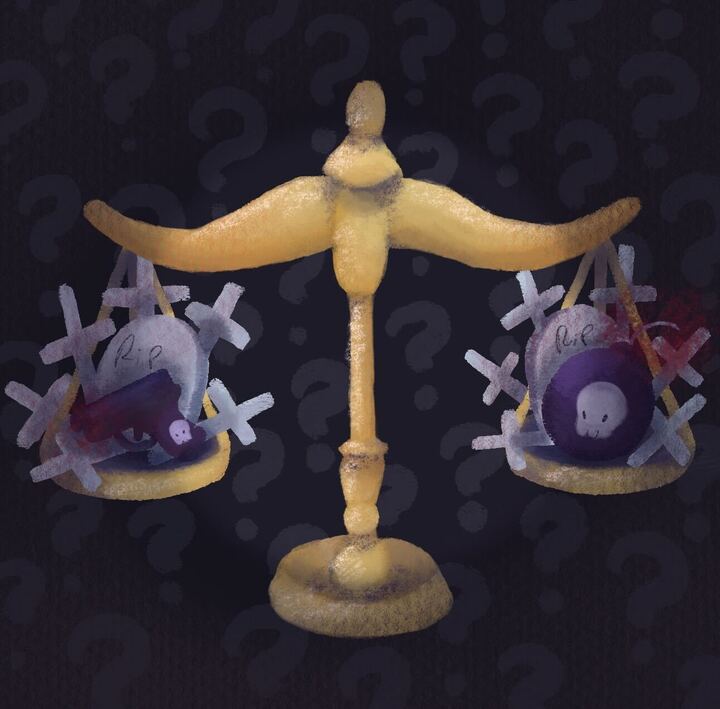
Look to your left. No, behind you. No, in front of you. They’re everywhere: the rampant stream of the paparazzi’s celebrity photos all vying for our attention from the checkout stands of the most rundown minute marts to the shelves of the mega-chain bookstores. We are bombarded and forced to take notice (some more reluctantly than others) to the ever-growing work of the paparazzi. But can their photos be considered photojournalism? No way. Not a chance.
Ever since photojournalism really took off in the 1930s with the advent of the portable camera, its purpose and motivation were and still are quite different than those of the paparazzi. Photojournalism stands by journalistic qualities and ethics; it aims to be accurate and objective and present a fair representation of events, people or places to the public.
With the paparazzi’s celebrity photos, “fairness” is rarely seen. They are completely monetarily motivated, and exploiting the lives of the rich and famous becomes fair. Photos better be of someone famous, and he or she better have cellulite, or be caught cheating or doing something controversial.
A photojournalist also has a right and even an obligation to record the ugly parts of life, but not so as to exploit the life of an unwilling subject and not without giving context. When celebrities are shown in a negative light, context is never a priority. The public has a right to know about the good and bad and everything in between. So when did it become an obligation to keep the public updated on the trivial activities or tragic mishaps of celebrities? Have we learned to love it because it’s there, or is it there because we love it?
The debate on whether or not more strict laws should be applied to curb the paparazzi’s access won’t be resolved anytime soon. With the familiar struggle between someone’s right to privacy and another’s right to the First Amendment, someone’s toes will get stepped on. Ultimately, it’s up to the photographers’ conscience to be the guide. But when cash is the driving force behind the paparazzi’s efforts, their conscience won’t do much to keep them from shoving a camera over a celebrity’s backyard fence, where he or she does have a reasonable expectation of privacy.
While photojournalists need to make a living, the stories they capture are in no way for the sake of money. It’s about wanting to make a contribution.
But even if we can establish that a paparazzo and a photojournalist are different, so what? The issue just might go beyond a simple matter of semantics; paparazzi photography is not photojournalism, but does it aid or dampen our viewing of it? Does the infiltration of all things celebrity like never before affect our desire for or tolerance of what’s on the front page of the newspaper?
Photojournalism can change people’s perceptions of the world and inspire or even spur people to action. Photojournalism can tell stories and allow people to understand different cultures on an internal level. But all the paparazzi do is show the external lives of a select group of people and steal the spotlight from a branch of photography that can enrich our lives and inform important decisions we make.
We might say that we’re tired of being inundated by pictures of celebrities, but there is something inside us that enjoys watching celebrities caught in ordinary circumstances, but not of an ordinary person surviving extraordinary circumstances. Maybe, at the end of the day, the only thing our stamina can handle is to turn on the TV and see which starlet was seen in a scanty top or who was kicked out of a club the night before. Maybe seeing a once-fit star’s beer belly on the beach will lessen the blow of the hard news to come later in our evening. But before we settle in to the ease of being entertained by the daily lives of the rich and famous, we should consider what really matters in the long run, our daily lives and contributions we bring.
Unsigned editorials represent the majority view of the Sundial editorial board and are not necessarily those of the journalism department. Other views on the opinion page are those of the individual writer.





